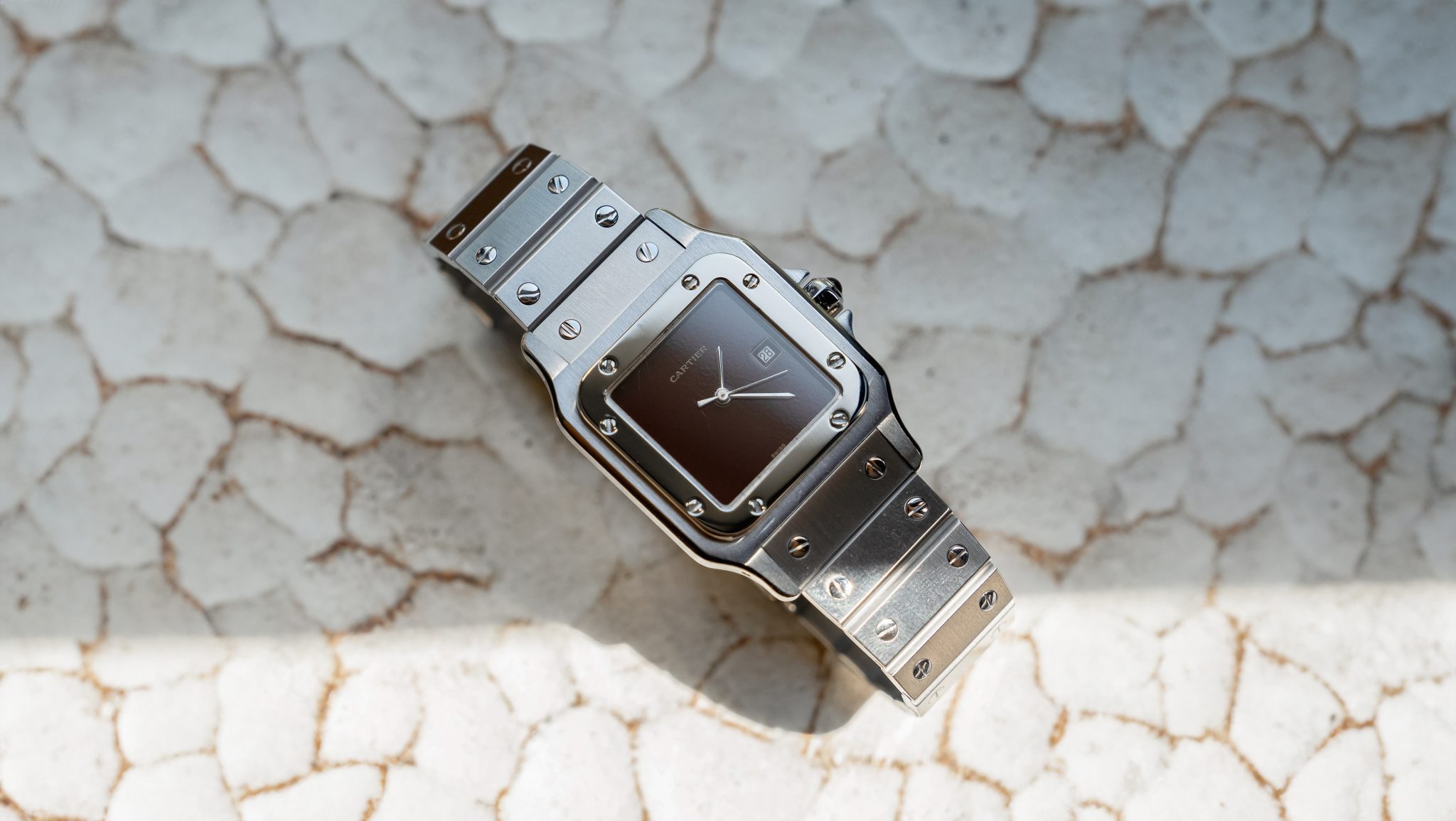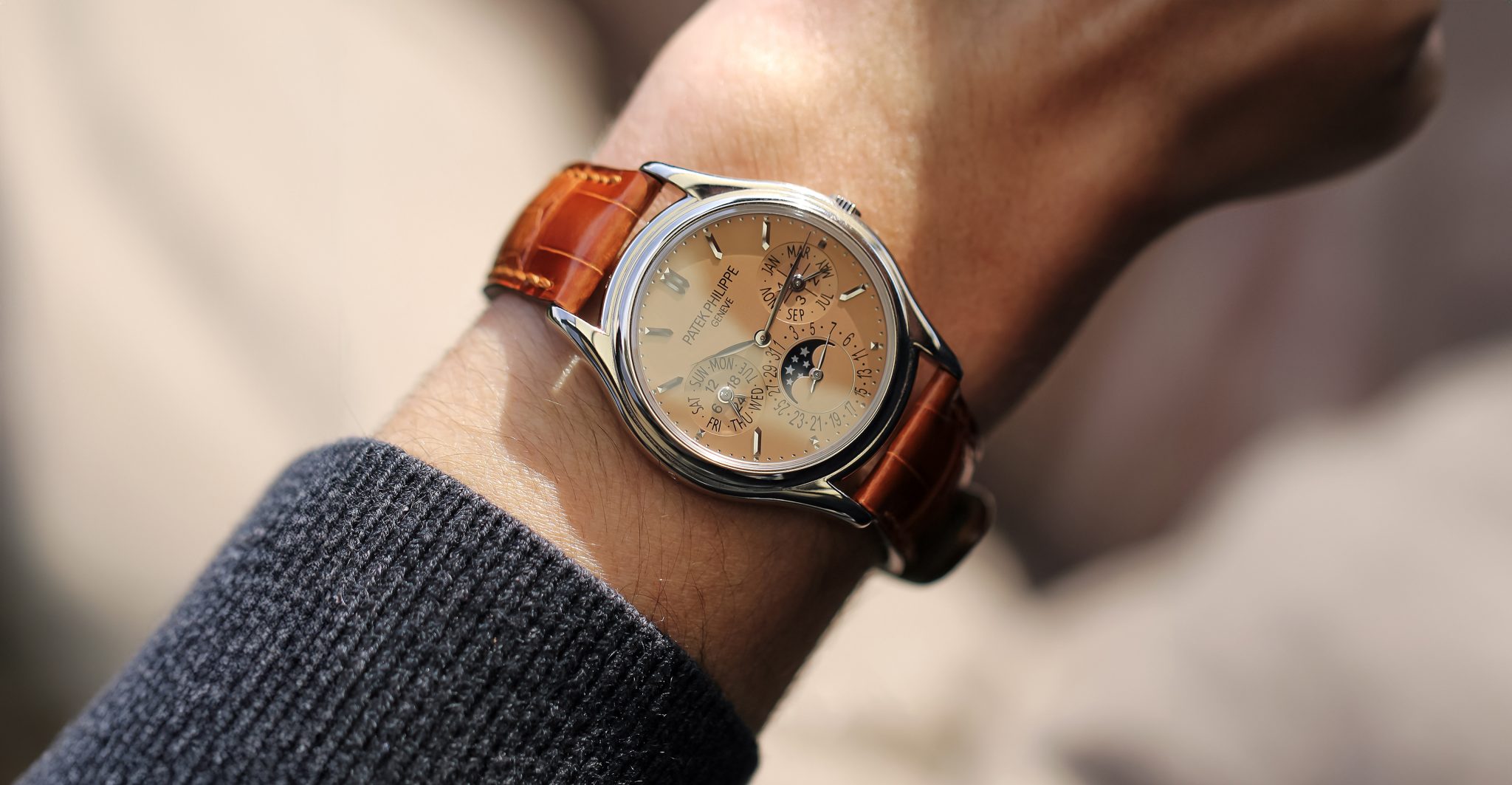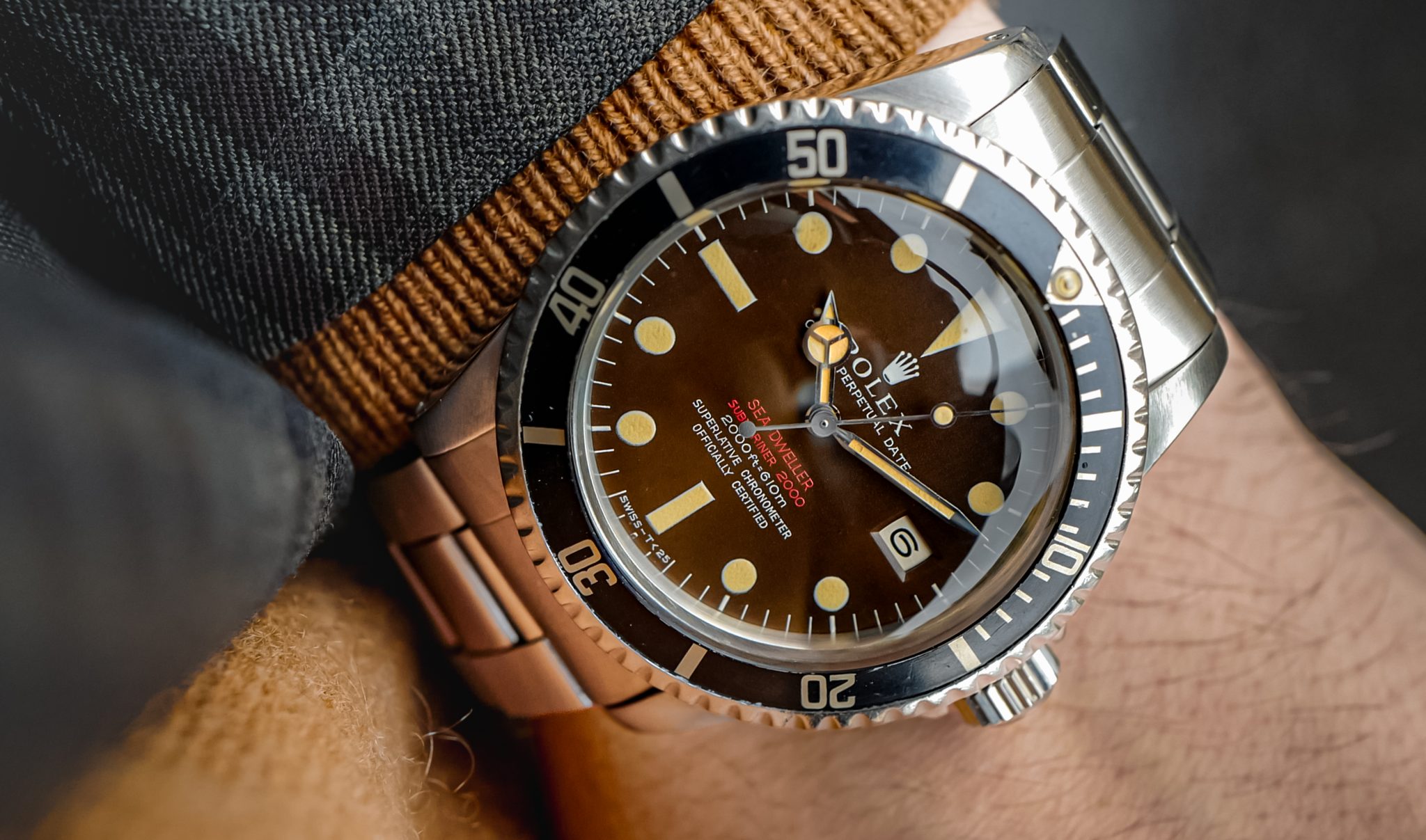
Tropical Dial 1665 ‘Double Red’ Rolex Sea-Dweller
There is nothing like the appeal of an honest, down-to-Earth, bare bones tool watch. I view the 1665 Sea-Dweller as a Red Sub turned up to 11. It’s a little more technical, a little more appealing to some for its lack of cyclops, and just a little more nuanced. The RMs, LVMH, and Bivers of the world feel increasingly contrived year on year. So wind the clock back and what do you get? No attention seeking. Just purity of purpose, real innovation, and years of faithful loving use; that is what I see in this tropical DRSD. It’s not trying to get your attention, you either know enough to respect it or don’t at your loss. I really don’t need to sing it’s praises in the onslaught of new watch releases that feel like fast food, it’s inherently understood by most as a home cooked meal. It’s pasta to noodles. Kind of the same thing, but as AA Gill put it, ‘Pasta is eaten by happy smiley people having fun with people they love or fancy and are about to shag. Noodles are eaten by people who have no friends.’

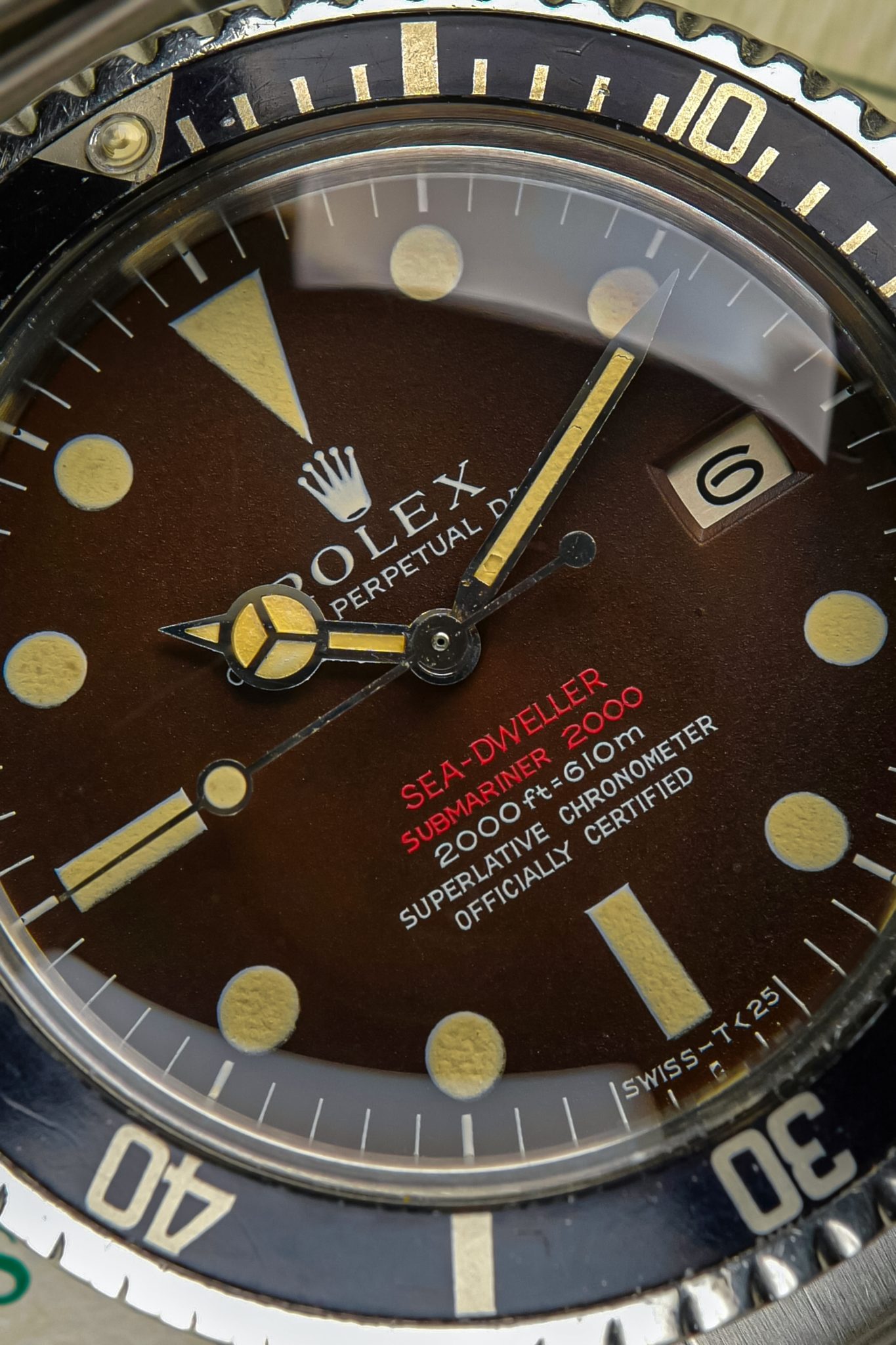
In 1665 dials, the very first were single reds. There are thought to be 11 or 12 of these, given to professional divers chosen by T. Walker Lloyd, an oceanographic consultant of Rolex, for testing or as awards following US Navy Sealab expeditions. After these were the DRSD, an early model with two coveted lines of red text in production from 1967-1977. After both came the ‘Great White’ 1665 with all white text. Of that evolution, it is the Mk2 DRSD which has a tendency to most turn chocolate. Mk2 dials started in 1968, and were also the first to have a caseback displaying ‘Rolex Patent Oyster Gas Escape Valve’ after the Mk1 ‘Patent Pending’ backs.
The dial was covered in a composition of lacquer that reacted aggressively with UV light. To spot the Mk2, look at the text ‘SUBMARINER 2000’, which is slightly smaller here than the ‘SEA-DWELLER’ font above. Additionally, the coronet is printed in a slightly blurry way on this lacquer, leading some to call the Mk2 smudge crown. Both of these ‘faults’ were corrected by the Mk3 dial, leading these Mk2s to insane levels of collectability. Moreover, these came with what is known as the thin case, a proportion more svelte than the latter Mk3. Despite once being a tool of purpose, the 1665 is now lore and a collectors’ darling with comparable tropical Mk2 dials auctioning regularly above 100K USD. They aren’t value anymore today, they’re highly collected. But they are damn attractive. It’s the modestly dressed 10 in a room of 6s dressed like they’re about go out in Ibiza.
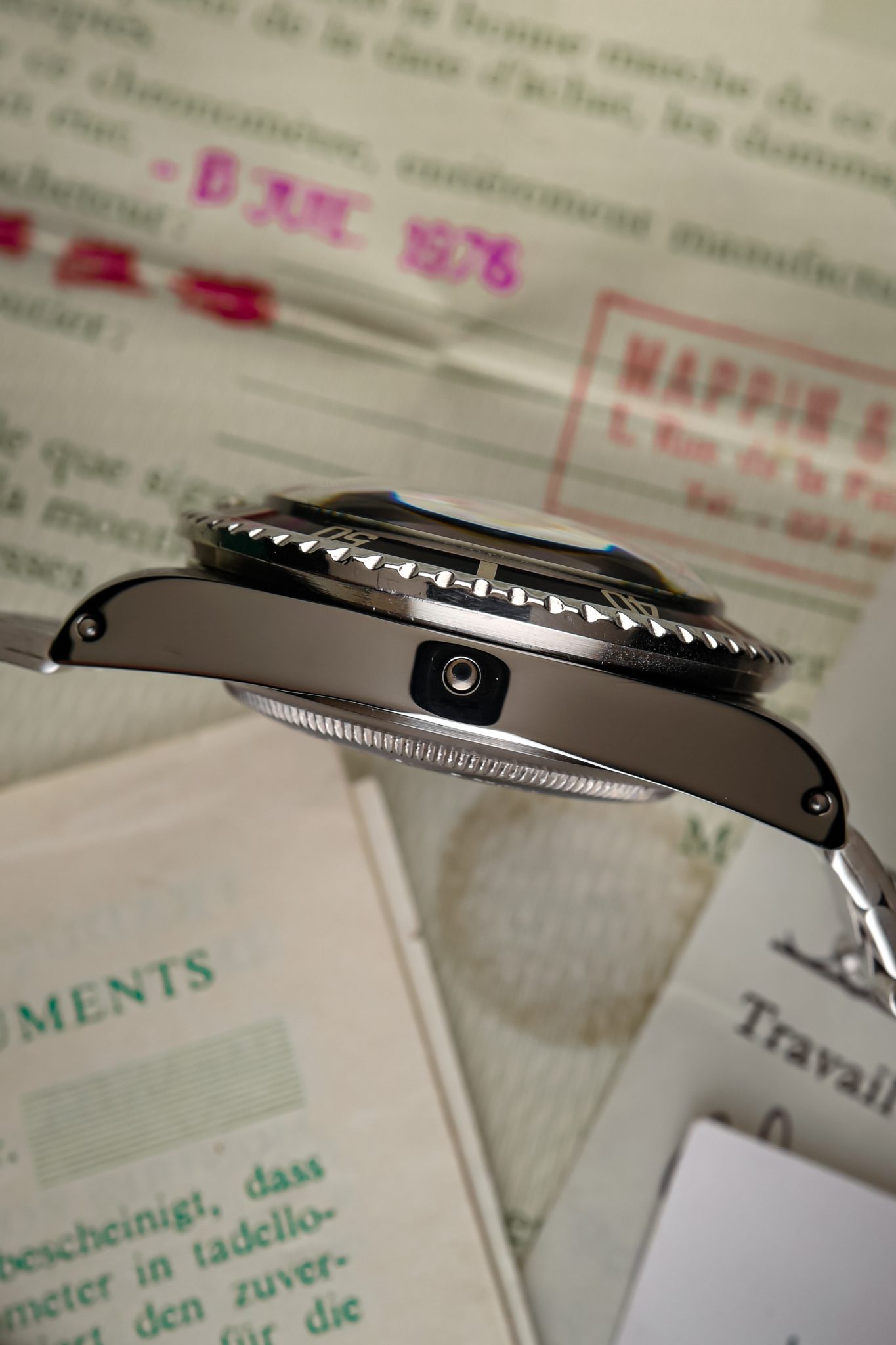

This example presents in excellent overall condition, almost miraculous for its age and dial. The Mk2 has a slightly thinner case, whichhere appears possible lightly polished but still with prominent bevels. The dial is what matters on this example though, and it’s an even 50% milk chocolate that collectors will melt for. The printed scripts are all clear and correct. Its tritium is even tanned cream, lovely. It comes from a well-regarded Parisian retailer.








